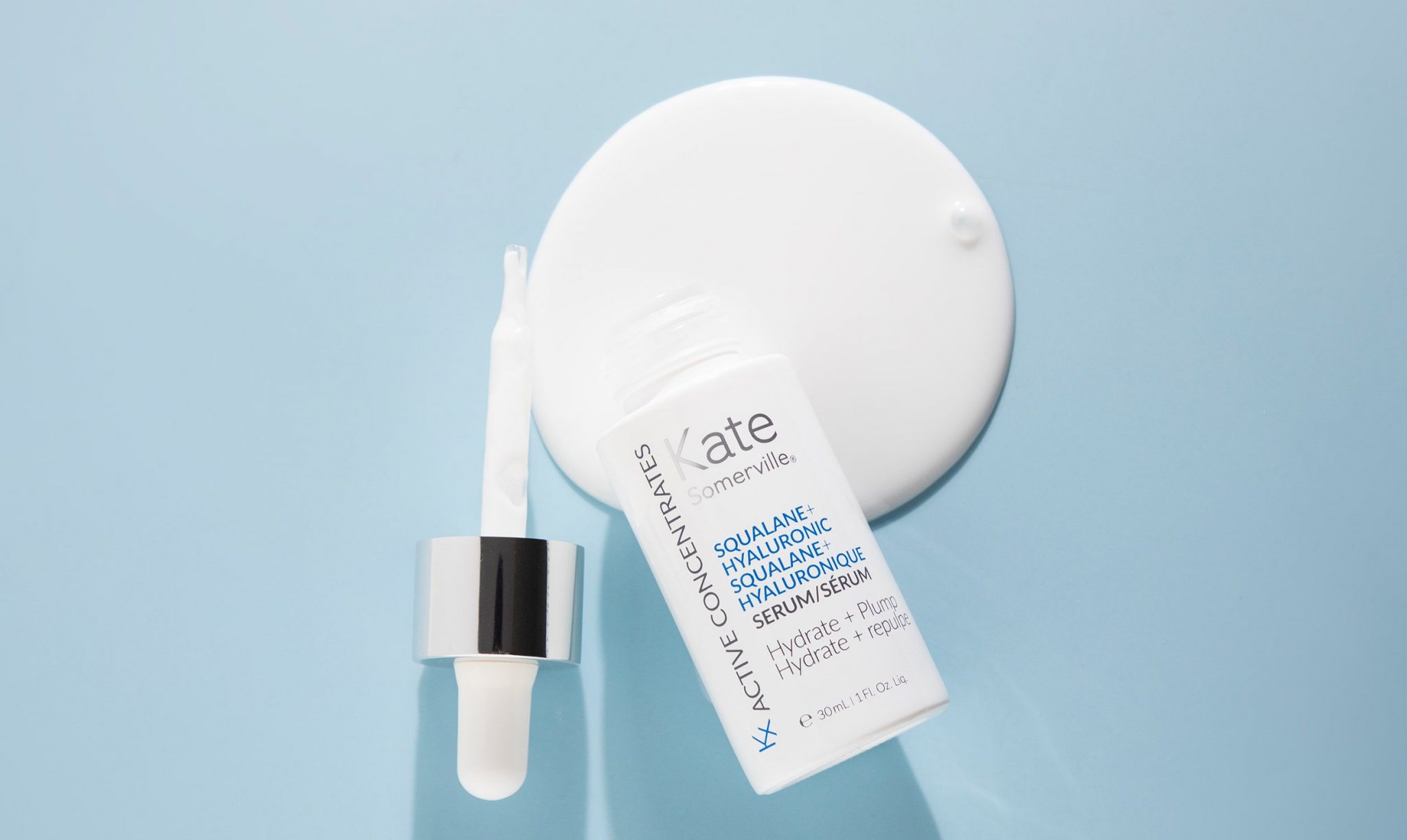
You’ve probably heard about hyaluronic and squalane, two ingredients widely used in cosmetics to hydrate and plump your skin. Cosmetics use hyaluronic and squalane to plump and hydrate your skin. Because they are both natural oils produced by the body, they can work with your skin’s protective barrier. While these two ingredients have similarities, they also work slightly differently. Continue reading to learn about the unique benefits of each component.
Hyaluronic Acid works by increasing the water content in your skin. On the other hand, Squalene acts as a barrier to lock in moisture and hydrate it at the cellular level. Squalene also contains fatty acids that can reduce the signs of aging, and soothe inflammation, when applied to the skin. Squalane is an excellent choice for people with skin conditions such as eczema and psoriasis. It can also be used to treat rosacea.
Squalane: Benefits and Uses
What is Squalene’s effect on your skin? Squalene is a component of the skin’s natural oil, which makes up 10 to 12 percent. It is essential for healthy and glowing skin. It comes in two forms when added to products: Squalene or squalane. Both documents are equally as effective. Squalane is more stable and has a longer shelf-life. Squalane, which is rich in natural antioxidants, is an emollient or moisturizer often used to minimize wrinkles, fade acne scars, even out skin tone, and reduce UV damage. Squalane is an excellent moisturizer that locks moisture into the skin to prevent future wrinkles.
Hyaluronic acid: Benefits
Hyaluronic Acid is the most abundant substance naturally found in the skin. Its humectant and gel-like nature attracts and retains moisture from the air and other skincare products and draws it to the face. The unique ability of this skincare ingredient to bind with water makes it a vital component for those who want to reduce signs of aging. It also helps to reduce the appearance of wrinkles and fine lines.
Hyaluronic Acid and Squalane: A Pairing
Do you want to know if these ingredients can be mixed and matched? Yes, you can! Hyaluronic acid and Squalene draw moisture into the skin and hold it there. Start with hyaluronic to get the best results. It will draw in water and hydrate cells. Then, add squalane to create a moisture barrier.
What skin types are best suited for Squalane & Hyaluronic acid?
These two ingredients suit all skin types, including those with naturally oily complexions. It’s not as you might think that a lack of moisture usually causes oily skin. The dry and dull cells of the skin will try to compensate by producing more oil. This overproduction of sebum, oil, and dead skin can sometimes do more harm than good. It can make the skin look oily, cause clogged pores, or even lead to breakouts.
When looking at different types of moisturizers, look for hydrating ingredients like hyaluronic or squalane. These are the same substances that our skin naturally loses as we age. Of moisturizers, keep an eye out for a hydrating ingredient like squalane or hyaluronic acid for hydrated and healthy-looking skin.



